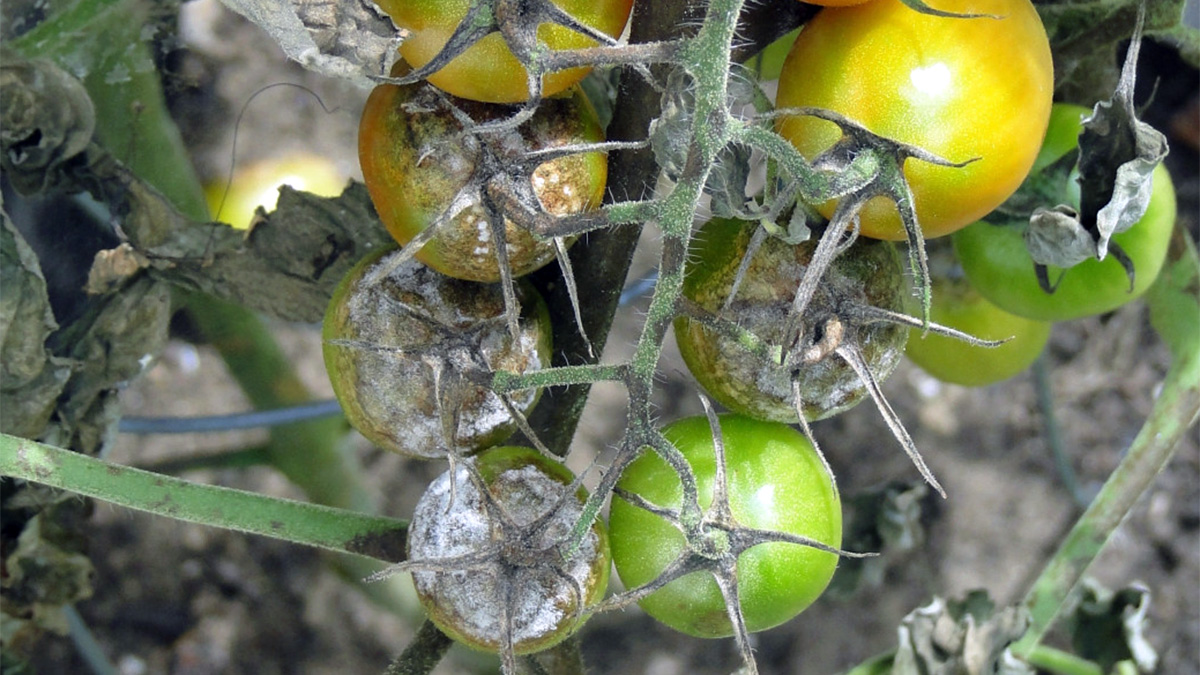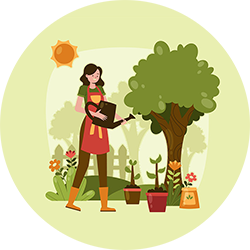Vegetables You Shouldn’t Grow in Pots or Containers

Container gardening has opened up new possibilities for growing food in small spaces, but not every vegetable is a good match for pots. Some crops need more room, support, or soil consistency than containers can provide. In this post, we’ll look at seven vegetables that tend to disappoint in pots and offer better alternatives to grow instead.
1. Corn
Growing corn in containers might sound appealing, but it’s rarely successful. Corn plants develop extensive root systems and grow tall, making them top-heavy and unstable in pots. They also require pollination from nearby plants, which is difficult to achieve unless you can plant a large block, something that’s not practical in most container setups.
2. Pumpkins
Pumpkins are sprawling plants that take up a significant amount of space. The vines can stretch several feet, and the fruits themselves are heavy and demanding on the plant. Even in large containers, the roots become cramped quickly, and the plant may struggle to set or support fruit properly.
Related: Tips for Growing Giant Pumpkins Worth Showing Off
3. Cabbage
While smaller cabbage varieties might work in containers, large cabbage heads typically need more room than a pot can provide. These plants rely on rich, deep soil to form tight, full heads. When grown in pots, they often stay undersized and are more prone to pest infestations like aphids or cabbage worms.
4. Okra
Okra plants grow tall, woody stems and require ample sunlight, warmth, and space to thrive. Most containers don’t offer the depth or support needed for strong root development. Without that space, okra tends to produce fewer pods, and the overall plant may become leggy or unstable.
5. Celery
Celery demands consistent moisture and high-nutrient soil to grow crisp, tender stalks. These conditions are difficult to maintain in containers, which tend to dry out quickly. When stressed in pots, celery becomes tough, stringy, and bitter which can be disappointing after months of care.
6. Large indeterminate tomatoes
While it’s possible to grow indeterminate tomatoes in containers, it often takes more time and effort than it’s worth. These varieties can grow six feet or taller, requiring very large pots, regular pruning, and heavy-duty staking or cages. Gardeners short on time or space are better off choosing determinate or patio varieties bred specifically for container growth.
7. Melons
Melons like watermelon and cantaloupe produce long vines and heavy fruit that are hard to manage in pots. The limited root space stunts growth, and the weight of developing fruit can cause stems to snap or stress the plant. Unless you’re working with extremely large containers and a vertical support system, melons are better suited for in-ground planting.
What you can grow instead
If container gardening is your only option, there are still plenty of vegetables that thrive in pots. Lettuce, spinach, radishes, bush beans, and cherry tomatoes all grow well in confined spaces with proper care. Look for compact or dwarf varieties and aim for vegetables with shallow root systems, steady yields, and manageable growth habits.
Conclusion
Not all vegetables are suited for life in a pot, and forcing the wrong ones into containers can lead to frustration and poor harvests. By choosing crops that match the conditions of small-space gardening, you can set yourself up for healthier plants and more satisfying results. When space is limited, smart planning makes all the difference.
